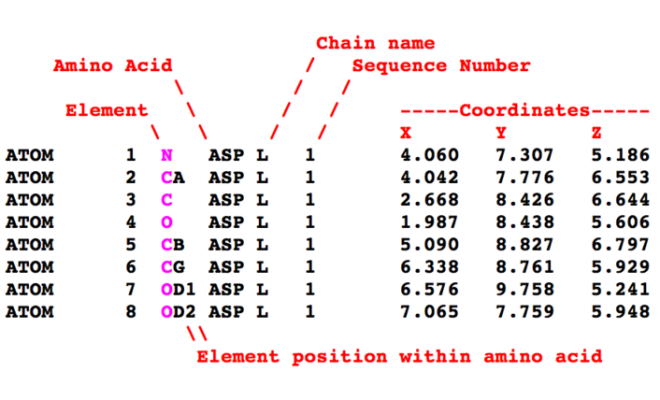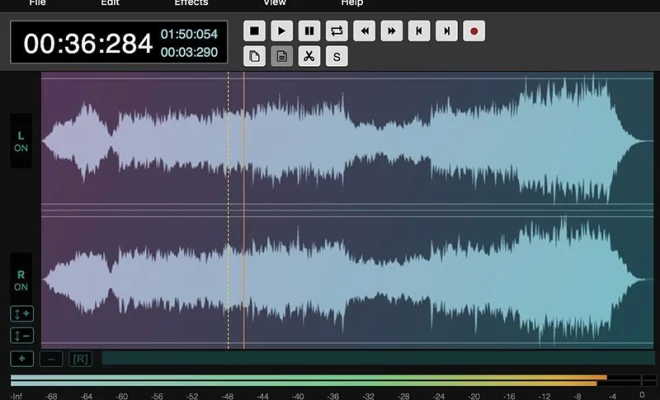What Is a PDB File?

A PDB (Protein Data Bank) file is a file format used to store the three-dimensional structure of proteins and nucleic acids. This file format is widely used by scientists and researchers in various fields, including biology, biochemistry, and structural biology, to store and share structural data about these complex molecules.
A PDB file contains information about the atoms and bonds that make up the protein or nucleic acid, as well as the coordinates of these atoms in three-dimensional space. This information is typically obtained using methods such as X-ray crystallography, NMR spectroscopy, or cryo-electron microscopy, which allow researchers to visualize the overall structure of the molecule.
The PDB file format was first introduced in 1971 by the Brookhaven National Laboratory in the United States, and since then it has become the de facto standard for storing and sharing protein and nucleic acid structural data. Today, the PDB is maintained by an international consortium of organizations, including the RCSB Protein Data Bank (USA), the PDBe (Europe), and the PDBj (Japan).
One of the key advantages of the PDB file format is its interoperability. Because it is a widely accepted standard, PDB files can be read and processed by a wide variety of software programs and tools, making it easier for researchers to share and analyze structural data. Some of the most commonly used software programs for working with PDB files include PyMOL, Chimera, and the CCP4 suite.
Another advantage of the PDB file format is that it allows researchers to explore the relationship between protein structure and function. By examining the shape and arrangement of atoms in a protein or nucleic acid, scientists can gain insights into the mechanisms underlying biological processes such as enzyme catalysis, DNA replication and transcription, and protein-protein interactions.
Despite its widespread use, the PDB file format is not without its limitations. One of the biggest challenges with PDB files is ensuring that they are accurate and free from errors or artifacts that could affect their interpretation. To address this issue, the PDB consortium has developed a set of standards and guidelines for data deposition and validation, which researchers must adhere to when submitting data to the PDB.
In conclusion, PDB files are a critical tool for structural biologists and other scientists working to understand the complex world of biological molecules. By providing a standardized format for storing and sharing structural data, PDB files help to facilitate collaboration and accelerate scientific discovery across a wide range of disciplines.






